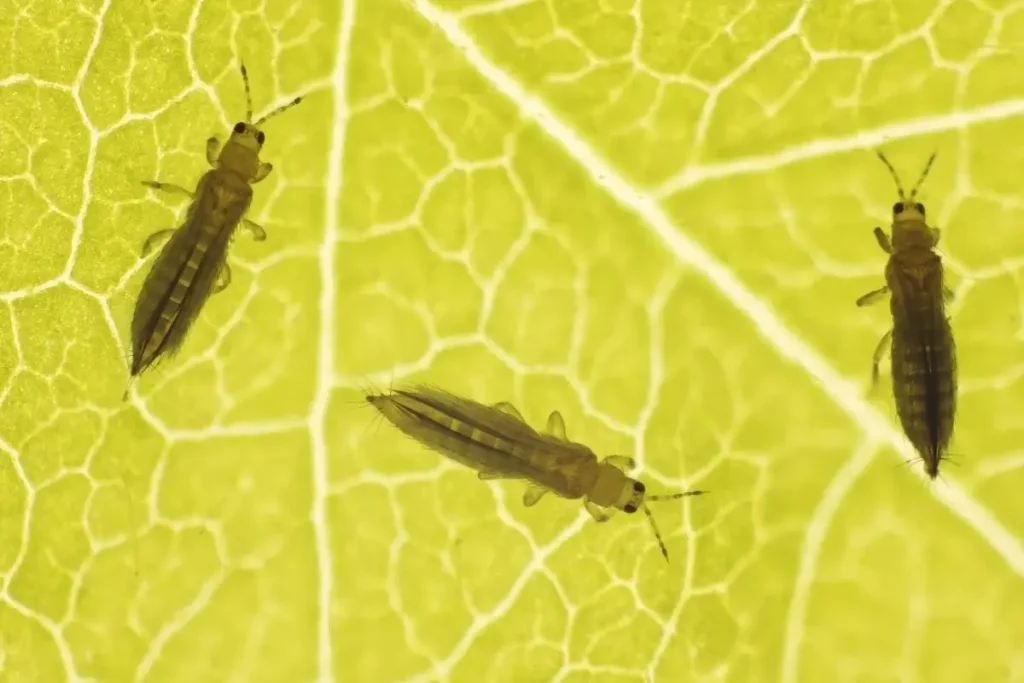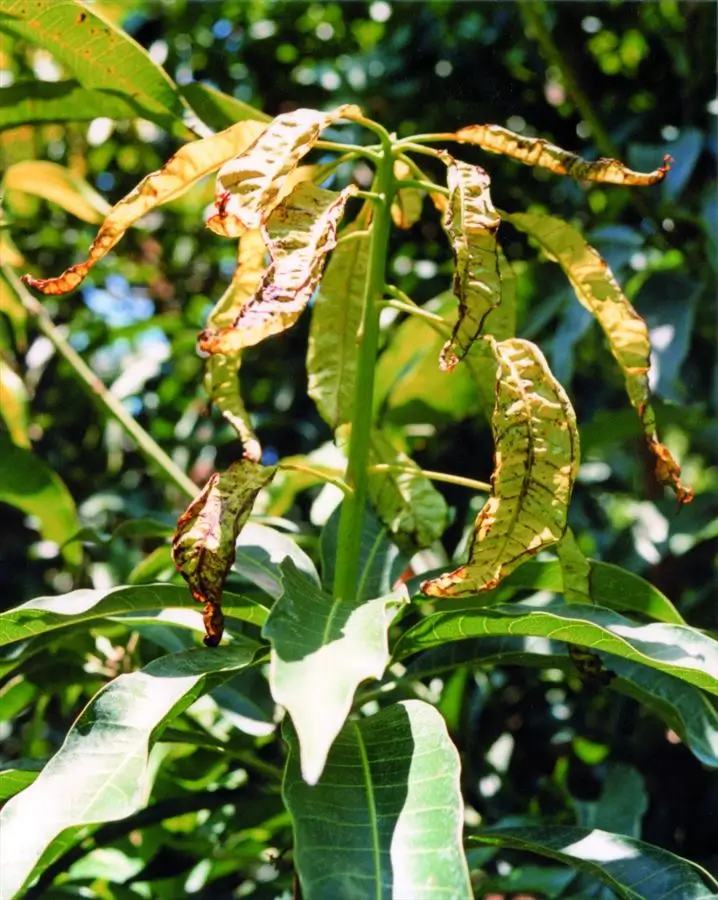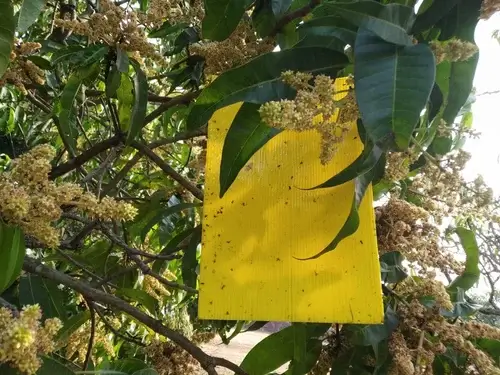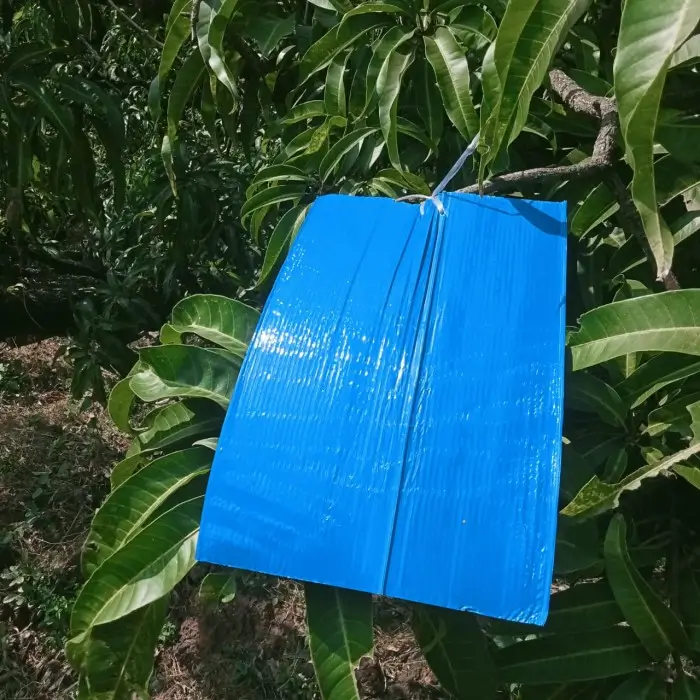Summer is here, and it’s the season when mangoes are harvested. Not only that, it’s also the season for thrips infestation in the orchard. You can observe them not only on the developing fruits but also on the flowers and buds. So, how can we control this summer pest? What thrips control methods can we adopt in mango orchards?
Thrips: The Summer Pest

If it’s hot weather, we usually prefer staying indoors, but thrips enjoy staying out in dry and hot weather. They appear from December to April, typically when mango trees start flowering or developing buds, leaves and young fruits. This is why it becomes important to adopt thrips control methods as they directly affect yield and quality.
How to Identify Thrips Infestation in Your Mango Orchards?
Keeping an eye on your mango plants at every stage is very important since thrips damage the plants both in their larval and adult stages. They not only feed on fruits but also on young leaves, growing buds, inflorescence, flowers, and immature and developing fruits.
How can we know if it is thrips?
If you notice leaves growing abnormally, curled, or with edges cupped, it’s likely due to thrips. If buds aren’t producing leaves or fruit, thrips may be the culprit. Additionally, if flowers are wilting, drying, and falling off, it could be caused by thrips. Furthermore, if you observe malformed fruits, thrips may be the reason.

How to get rid of these thrips?
3 Thrips Control Methods in Mango Farms
Place Sticky Traps
To confirm whether the symptoms are caused by thrips or something else, place yellow and blue sticky traps in your orchards. This summer pest is attracted to blue, yellow, and white colours, so we can use traps to monitor them. These traps will help you determine the population of thrips in your orchard. Accordingly, you can adopt the thrips control methods.


Sanitation is the Key for Thrips Control
Keep your orchards weed-free, and if you see any affected mango plants, handpick them, bury them or burn them. It’s better to bury them 2 feet deep, as this will prevent adult flies from emerging onto the surface.
Integrated Pest Control
It is like combining all the methods to effectively control thrips in the orchard. Right from placing sticky traps and maintaining sanitation in the orchard, you can include:
Application of Neem-Based Thrips Control Insecticide, Such as Neem Oil

Criyagen neem oil reduces the initial stages of thrips infestation. By killing the young nymphal stages of thrips, it inhibits the growth of older nymphs and reduces their egg-laying ability.
Applying Neem Oil in the Field
Neem oil is applied through spraying.
Mix 3-4 ml per litre of water and spray uniformly over the crops.
Promote Natural Enemies
Some insects are beneficial for the field; conserving them in the orchard will only help in controlling pests that harm the plants.
If you see insects like ground beetles, lacewings, hoverflies, and ladybird beetles, let them be, as they help in attacking thrips and reducing their incidence.
Chemical Control: When Severe
Even after adopting all these methods, if you are still observing the incidence of these summer pests, it’s better to use chemical insecticides.
The best insecticides for thrips control are chemicals containing Thiamethoxam at a rate of 0.3 g per litre of water, Spinosad at a rate of 0.4 g per litre of water, or Imidacloprid, which can be applied at 0.3-0.4 grams per litre of water.
Get your insecticides delivered straight to your doorstep! Download AgriApp today and add these insecticides to your cart.
Don’t forget to apply our special coupon code RR150 for added savings. Happy shopping!
Summers, bringing the joy of mangoes, also bring worries of thrips in the orchard. These thrips control methods will help you grow pest-free orchards and see them flourish.
Learn more about controlling various pests in your houseplants and farm from our previous blogs